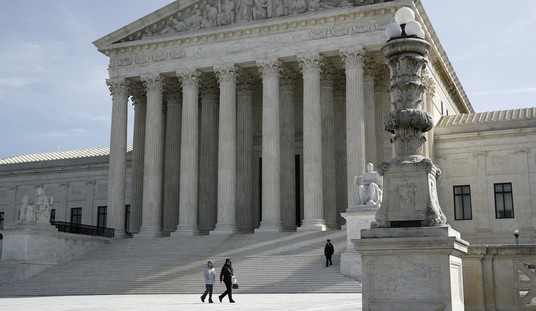The campaign for Proposition 31, a ballot initiative that Californians approved by a wide margin last week, urged voters to "protect kids from candy-flavored tobacco." That slogan packed an impressive amount of dishonesty into five words.
The initiative's main target was nicotine vaping products, which do not contain tobacco and were already legally restricted to adults. Proposition 31 decrees that adults may not buy such products in flavors other than tobacco, thereby undermining the most promising harm-reducing alternative to cigarettes.
Proposition 31 was a referendum on S.B. 793, a 2020 law that restricts "characterizing flavors" in "tobacco products." California counterintuitively defines "tobacco product" to include "an electronic device that delivers nicotine," whether or not the nicotine is derived from tobacco.
Under S.B. 793, "the taste or aroma of tobacco" is the only "characterizing flavor" that can legally be added to vaping products. That rule, which aims to discourage underage consumption by making such products less appealing to teenagers, will simultaneously discourage smokers from switching to a far less hazardous source of nicotine.
"Big Tobacco has been targeting our kids, trying to hook our kids on tobacco products, killing literally a generation," California Gov. Gavin Newsom averred after signing S.B. 793. The bill's author, state Sen. Jerry Hill (D-San Mateo), declared that the industry "wants to keep killing people with its candy-, fruit-, mint- and menthol-flavored poison."
Contrary to those warnings, there is no evidence that nicotine vaping products are "killing" anyone. In fact, they are much less dangerous than cigarettes, which expose smokers to myriad toxic and carcinogenic combustion products.
Recommended
According to a 2018 report from the National Academies of Sciences, Engineering, and Medicine, "Laboratory tests of e-cigarette ingredients, in vitro toxicological tests, and short-term human studies suggest that e-cigarettes are likely to be far less harmful than combustible tobacco cigarettes." The British Royal College of Physicians likewise says "vaping isn't completely risk-free but is far less harmful than smoking tobacco."
The Food and Drug Administration acknowledges vaping's potential to reduce smoking-related deaths. "E-cigarettes, as a general class, have markedly less risk than a combustible cigarette product," says Brian King, director of the FDA's Center for Tobacco Products.
The FDA nevertheless seems determined to ban nicotine vapes in flavors other than tobacco, the same policy that California has adopted. The policy's supporters note that teenagers overwhelmingly prefer the targeted flavors. But so do adults.
According to survey data, three-quarters of adult vapers prefer the flavors that California has banned. A 2020 study of 383 adult vapers found that "preference for tobacco and menthol or mint decreased over time," while "preference for fruit remained stable" and preference for "chocolate/candy or other sweets" increased.
A 2022 study asked 851 vapers how they would respond if the government banned the flavors they prefer. While 29% said they would switch to whatever flavors were still allowed, 28% said they "would find a way" to obtain forbidden flavors, which suggests that California-style bans could drive consumers toward potentially dangerous black-market options; 17% said they would "stop vaping and smoke instead," which would expose them to a potentially deadly risk; and 13% said they were not sure what they would do.
A 2021 study provides further evidence that the policy California voters just approved is apt to undermine public health. It found that "San Francisco's ban on flavored tobacco product sales was associated with higher odds of self-reported recent smoking among minor high school students relative to trends in other school districts."
Last year in The American Journal of Public Health, 15 prominent tobacco researchers warned that vaping flavor restrictions could have a perverse effect. "While flavor bans could reduce youth interest in e-cigarettes," they wrote, "they could also reduce adult smokers' vaping to quit smoking."
Supporters of California's ban were so focused on portraying themselves as righteous protectors of children that they did not even acknowledge this danger. The consequences may prove lethal.

























Join the conversation as a VIP Member